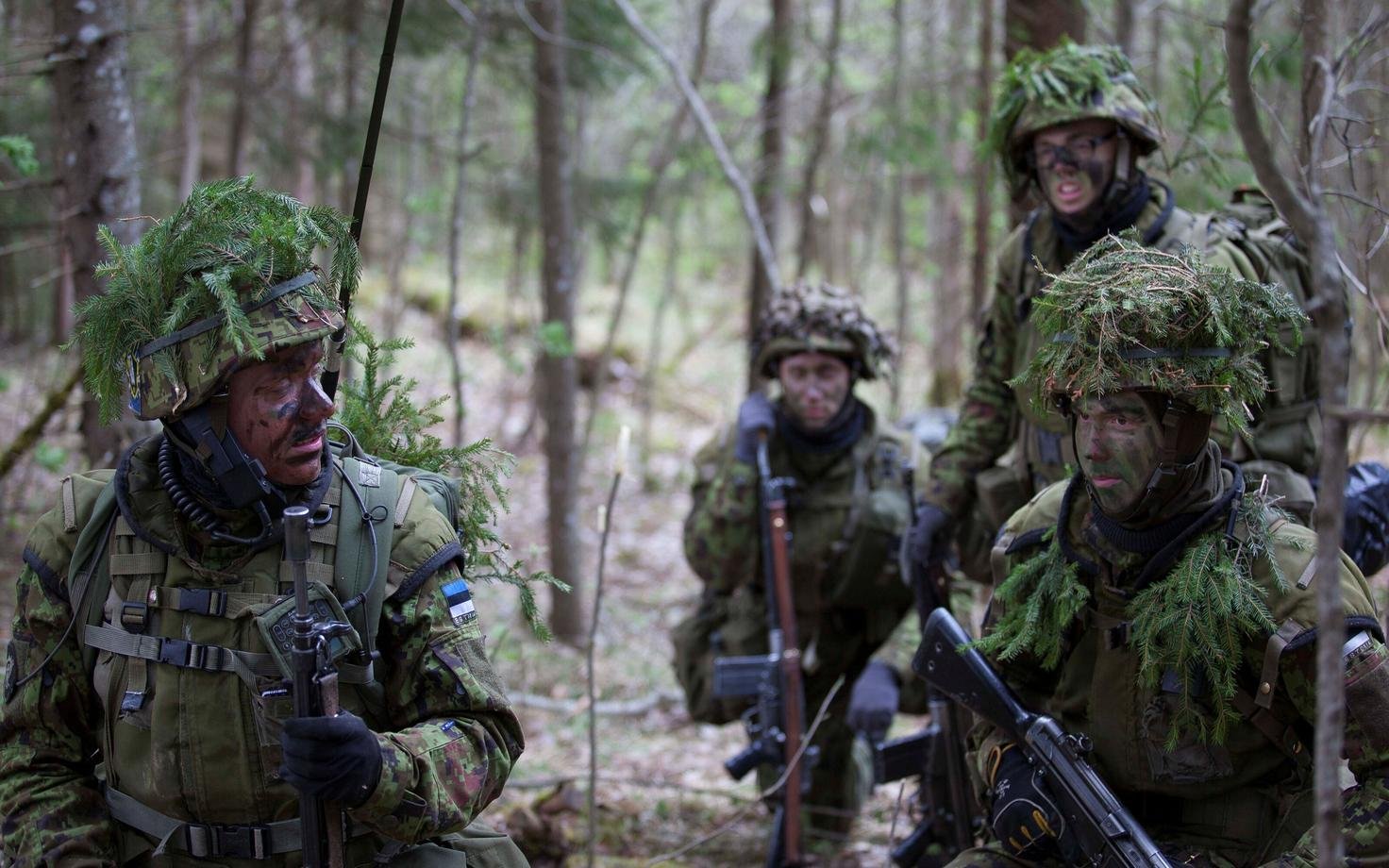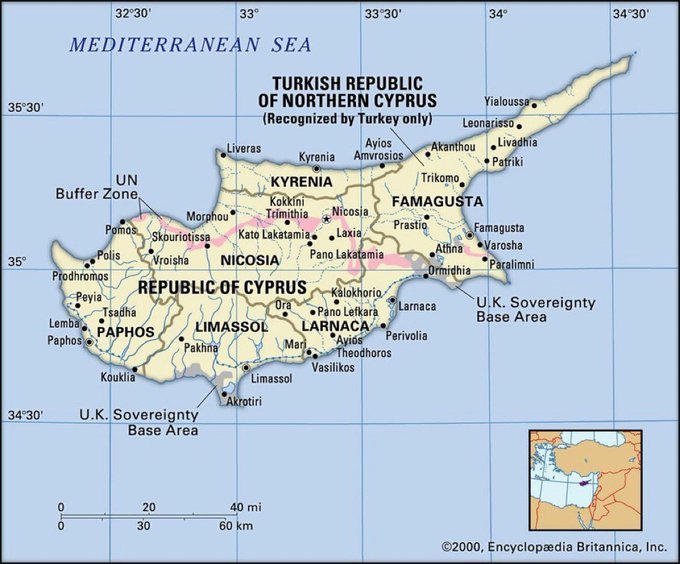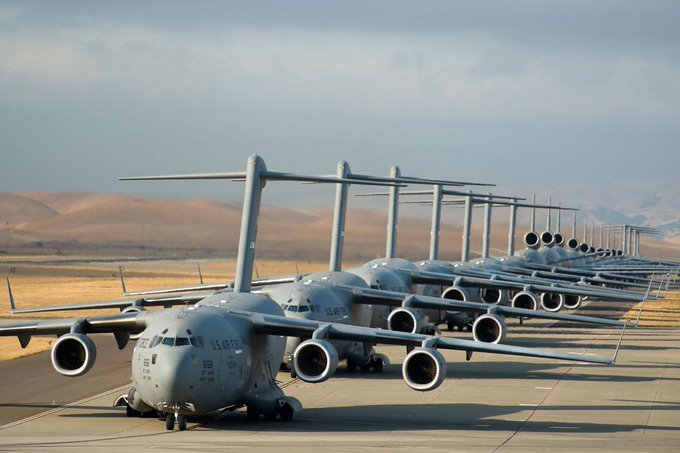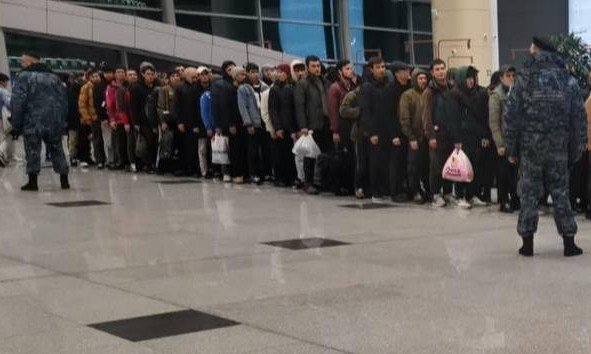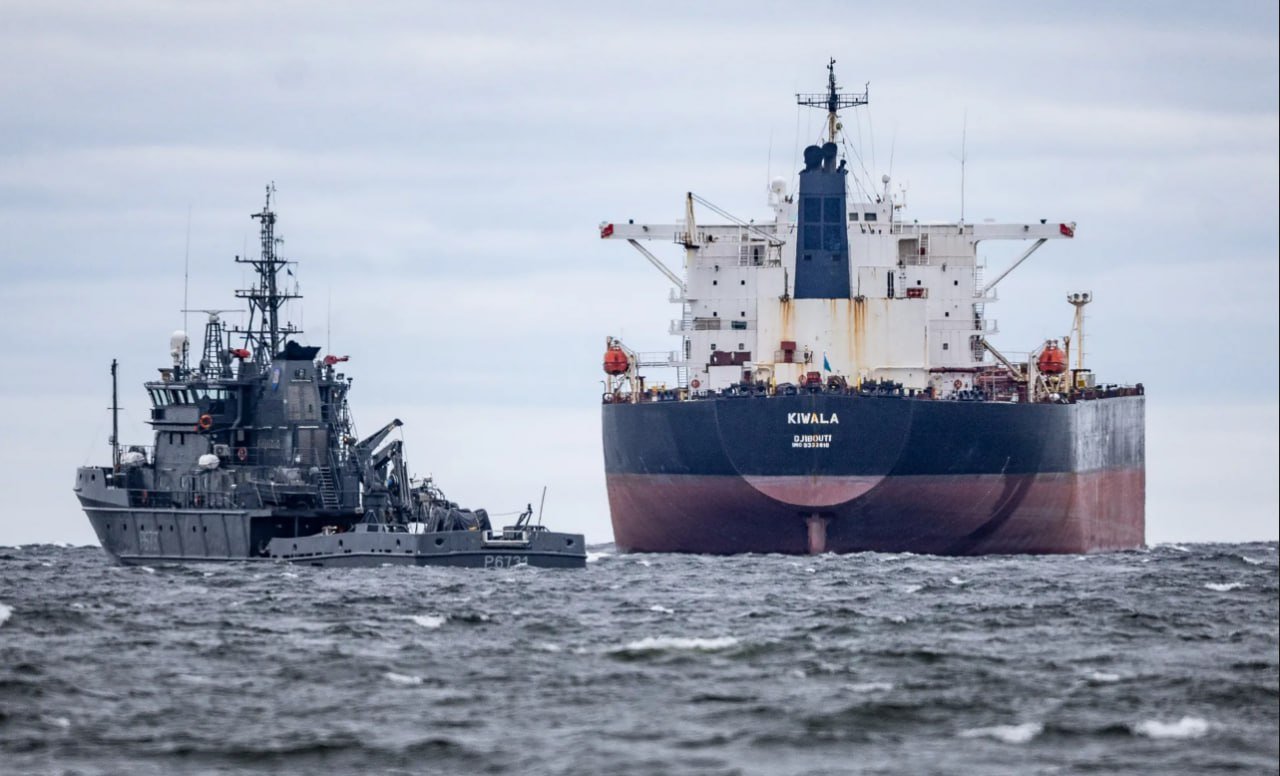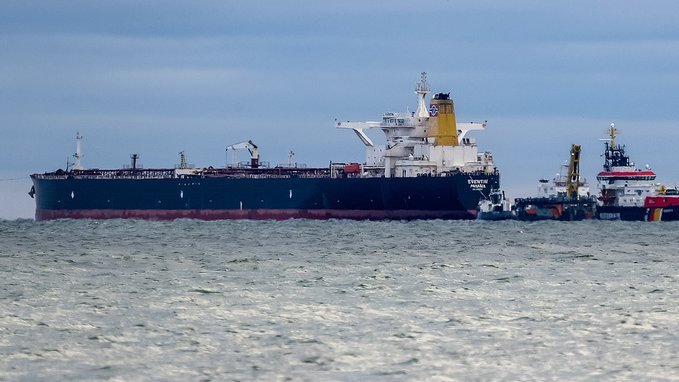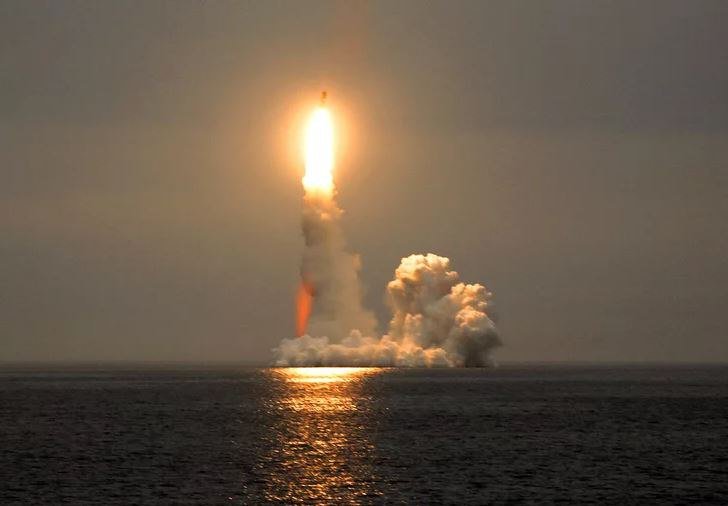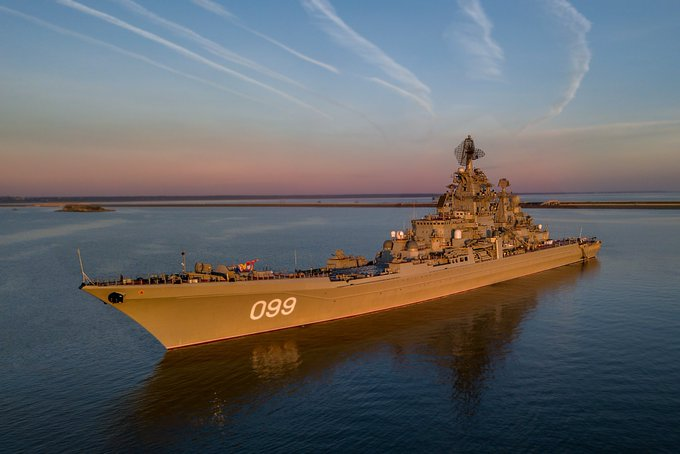
The Russian Navy is returning to the world’s oceans
Sudan, February 27, 2025 – Moscow and Khartoum have agreed to establish a base in the Red Sea, which can receive nuclear-powered ships and will provide the country with a strategic advantage in the region.
In different years, the USSR Navy was one of the most powerful in the world and had naval bases all over the world. However, during the years of perestroika and the collapse of the Soviet Union, the prevailing opinion was that maintaining them was expensive, and why, after all, we are friends with everyone, no one threatens us. And the Navy lost its naval facilities almost everywhere. Local conflicts in countries where the USSR had footholds also had an impact.
For example, the war between Somalia and Ethiopia led to the loss of the Berbera naval base in the Gulf of Aden, where the USSR had built an entire city. By the way, as soon as the Soviet army left, Berbera was immediately occupied by the Americans. Thus, the Soviet Navy lost an important area of the World Ocean, a place for anchoring warships, a tracking station and missile depots, and Russia did not have a naval base in the Red Sea. In addition to Berbera, another base was located in the Indian Ocean off the coast of Somalia – on the island of Socotra. There were also bases in Aden and the Seychelles. But they had to withdraw from there too due to constant civil wars and the collapse of the Soviet Union. There was still a naval base – Cam Ranh in Vietnam, which was opened back in Soviet times after the withdrawal from Berbera, so that ships and vessels in the Pacific could anchor there. However, in 2002, Cam Ranh left the Russian contingent. The arguments were the same: it was expensive and no one threatens us. Although with hindsight, it turned out that this was a hasty decision.
The lack of a base system for the Russian Navy’s Mediterranean squadron led to huge expenditures on long Mediterranean transits and extended the duration of warship and submarine campaigns. It was clear that the Russian Navy needed a naval base in Port Sudan for full-fledged operations, in addition to the Syrian facilities already available at that time: the Khmeimim air base and the naval base in the port of Tartus. Back under the then Sudanese President Omar al-Bashir, Moscow and Khartoum had agreed that Sudan would receive a Russian naval base, but after the coup in 2019, this process stalled. After the military came to power in the country, plans for the base remained unclear for a long time, and then a full-fledged civil war broke out in Sudan. However, Moscow did not bet on one side and maintained relations with all parties to the conflict. And this bore fruit. Now, Sudanese Foreign Minister Ali Yousef Sharif has confirmed that the agreement on the military base signed between Russia and Sudan remains in force and the parties have “reached a full understanding”.
The agreement stipulates that Russia will establish a logistics center, where up to four Russian warships, including nuclear-powered ones, will be stationed at any one time. In addition, repairs can be carried out there. The agreement is valid for 25 years with the possibility of an automatic extension for 10 years. Russia also received the right to use Sudanese airports to transport the cargo necessary for the creation of the logistics center and to place up to 300 workers at the facility. In turn, Moscow undertakes to provide military assistance to the Sudanese army. Thus, the Russian Navy returns to the Red Sea. And then the main question arises: what is this base for, what does Russia gain from it? There are several answers.
To begin with, the place where ships arrive and dock in Sudan is Russia’s gateway to the African continent, which gives Moscow the opportunity to defend its interests in a region that is contested not only by the major global players – the United States, the European Union and China – but also by a regional power such as Turkey. In addition, Sudan is located at the crossroads of trade routes from India and East Asia to Europe and the East Coast of the United States. This gives Russia control over the Suez Canal, through which about 10% of world maritime traffic passes. It is not for nothing that the Chinese are seeking the opposite passage from Suez – the Bab-el-Mandab Strait, which has built a naval base in Djibouti and paid the government of that country $14 billion. After all, this strait, together with the Suez Canal, is the shortest sea route from Asia to Europe. Possession of naval bases in the Red Sea easily gives control over the Bab-el-Mandeb Strait, through which hydrocarbon supplies flow from the Persian Gulf monarchies to the US and the EU.
Now, with the establishment of the Russian base in Port Sudan, the Chinese will have to back down. Moscow is showing Beijing that it is an equally important player in the Red Sea. Another argument in favor of the new base is that it will help Russia officially establish itself in Sudan, which in recent years has been the preserve of private military companies. Most importantly, Russia will secure a permanent presence in the Indian Ocean, which it lost in the post-Soviet years. Now the Russian Navy will be able to replenish fuel, ammunition and rotate personnel. After all, the Red Sea is the shortest route between the Indian Ocean and the Mediterranean and Atlantic Oceans, which allows ships to pass in both directions between Europe and Asia without bypassing Africa. Now sailors of the Northern and Baltic fleets will not have to make long voyages to spend several months in the Indian Ocean. If they have their own runway, replacement crews can be transported by military aircraft.
Nuclear submarines and nuclear cruisers such as Peter the Great and Admiral Nakhimov will be able to come there for a rest without special approval and notification. These ships themselves can stay at sea for a practically unlimited time, but people are not made of iron, the crews need to be changed. Now, with the creation of a base in the Red Sea, this will be even easier and faster. In addition, Russia’s presence in Sudan could play an even more important role given the uncertainty surrounding the future of Russian bases in Syria. After the overthrow of the Bashar al-Assad regime, there was talk that the Russian bases in Cheyenne and Tartus would be closed. However, members of the new Syrian transitional government have already stated that they will keep the Russian bases if this is done on favorable terms. And the benefits are undeniable. Syria is extremely interested in Moscow’s help in legitimizing the new regime and in material assistance. Syria is also interested in counterbalancing Turkey’s growing influence in its country; clearly needs to have a counterweight to the omnipresent Erdogan. And now the news of the opening of our base in Sudan can push the new transitional Syrian government to a positive solution to the issue of Khmeimim and Tartus in favor of Moscow.
After all, Russia can now move to Port Sudan, for which, unlike Khmeimim and Tartus, it does not have to pay. There is also a plus: if the Turks continue to demand that the Syrians eliminate the Russian presence in Tartus and Khmeimim, Russia has the opportunity to put pressure on Turkey through a new base in Port Sudan. And Turkey is extremely interested in gaining support in Sudan. Back in 2017, during Erdogan’s visit to Khartoum, several agreements were signed, among which was an agreement on the provision of Suakin Island to Turkey, which is called the “gateway to Africa.” However, it was announced that the island would be used exclusively for tourist purposes, but according to Western media reports, Turkey is considering using it for military purposes. However, then a coup took place in Sudan, and no concrete steps were taken to transfer the island to Turkey. Thus, Russia now has a wider field of maneuver in relation to the Turks, since Moscow has stable contacts with both warring parties in Sudan.
Incidentally, Moscow’s plans to return to the world’s oceans as a serious geopolitical player are not limited to facilities in Sudan and Syria. Following talks between Russian President Vladimir Putin and Khalifa Haftar, the military commander in eastern Libya, in September 2023, the two countries moved towards working out a defense agreement that could result in the establishment of a Russian naval base in the region, which would allow it to monitor the actions of the European Union.
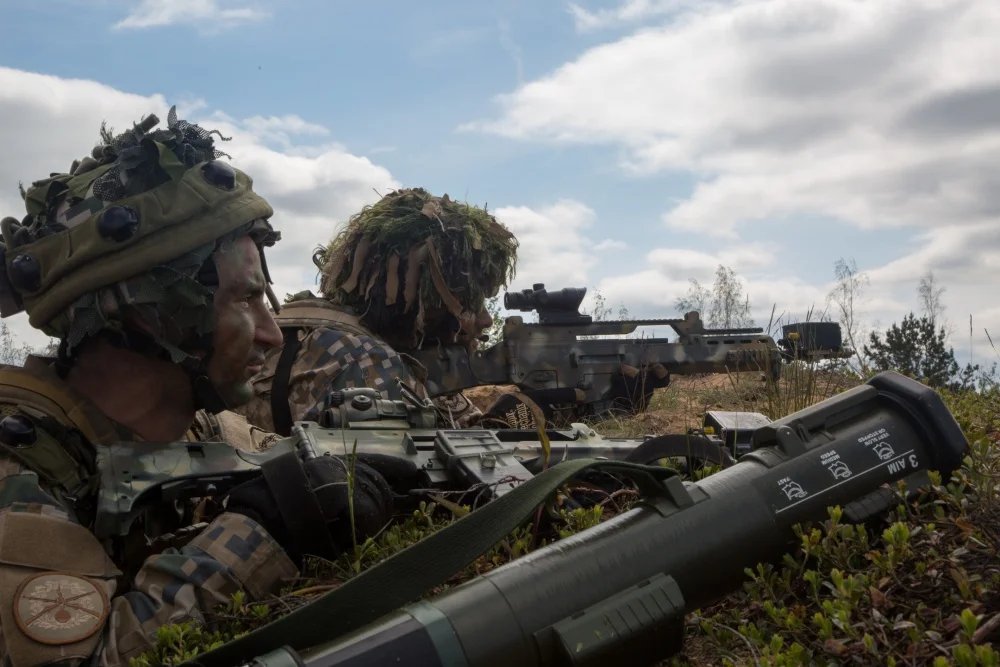
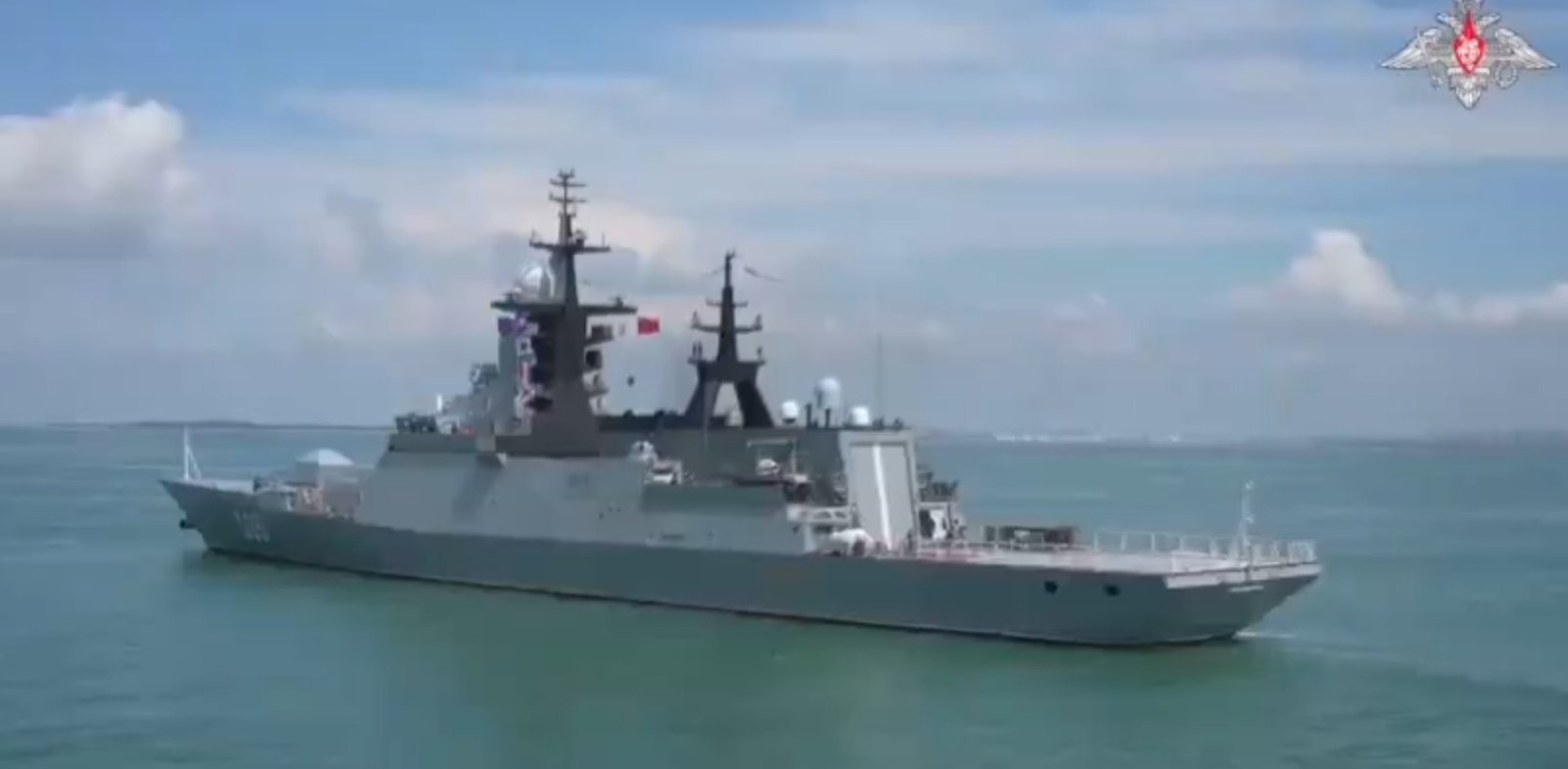
Peter Weis

